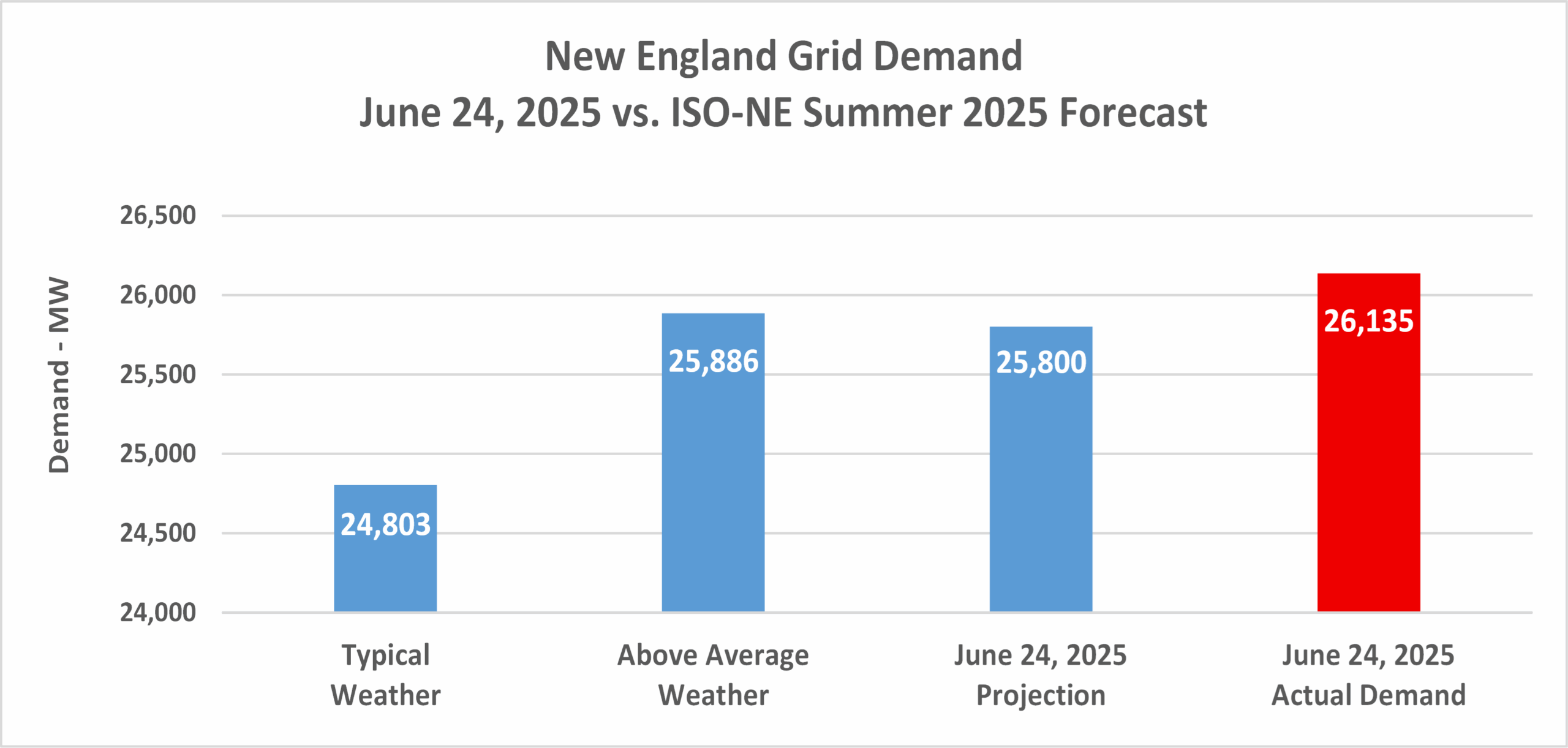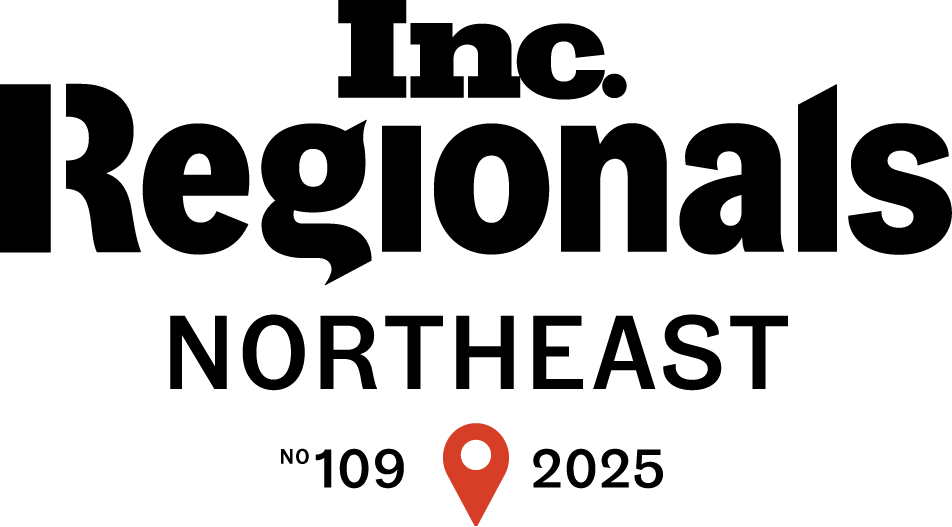October 2025 MA Muni Minute

Many Massachusetts municipalities benefit from Net Metering Agreements — but without active oversight, excess credits can quietly accumulate, creating large negative balances. Here’s how to manage and optimize your credits to protect your community’s bottom line.
Why Negative Balances Occur
- Credits roll over but don’t convert to cash.
- When credits exceed monthly usage (e.g., $2,000 credit vs. $1,000 monthly bill), the surplus “backs up” and compounds over years.
- Changes such as reduced usage, closed facilities, staff turnover, or rate increases can worsen the accumulation.
Key Strategies to Manage Excess Credits
- Bank credits for seasonal use – Carry credits into months with lower solar production (e.g. winter).
- Transfer credits among accounts – Massachusetts allows intra-utility, same-zone transfers; municipalities may also sell credits to neighboring entities.
- Adjust Schedule Z periodically – You can redirect credits to different accounts twice per year to better align usage.
- Use credits for energy efficiency upgrades – Programs like MassSave allow on-bill financing, letting you apply credits to improvements.
- Right-size your subscription – If you can’t use or shift credits, reduce your community solar participation.
Why Proactive Oversight Matters
Net metering agreements often span more than a decade. Because credits don’t expire and staff may change, without active management, negative balances can quietly grow, undermining savings and creating budget challenges. If your community has questions about managing Renewable Energy Credits (RECs) or needs help resolving credit issues, contact Freedom Energy and we’ll help you navigate the process.
🔗 Read the full article here: https://felpower.com/municipal-market-update-managing-net-metering-credits-negative-balances/

Summer 2025 brought dramatic but short-lived energy market fluctuations in New England. After a mild spring with wholesale electricity averaging 3.3 cents per kWh, a late-June heatwave sent prices soaring to 15.8 cents for the June 23–25 period. By August 31, prices had stabilized at 5.1 cents per kWh and averaged 3.5 cents during the first two weeks of September.
Behind-the-meter solar played a significant role in moderating prices, with 5,000–6,000 megawatts reducing mid-day load by 20–25%. This distributed generation helped offset demand spikes and demonstrates the growing importance of local energy resources.
Futures markets reflected these shifts as well. The 2026 electricity futures contract fell from 6.8 cents in late June to 6.4 cents by early September, while 2027 and 2028 futures moved in the opposite direction, rising by 0.8 cents. Natural gas futures mirrored the pattern, with 2026 contracts dropping from $4.468 per dekatherm on June 20 to $3.848 by September 12, even as prompt-month gas hit its high point back in March.
This convergence of electricity and natural gas pricing underscores how closely the two markets are linked. For policy makers, municipalities, and large users alike, it’s a reminder that even short-term weather events can ripple across the region’s energy costs. Staying informed about futures trends helps communities anticipate and manage budget impacts. Freedom Energy’s team continues to monitor these dynamics to provide actionable insights for clients heading into the 2026–2028 planning horizon.

On June 24, 2025, New England experienced its highest electricity demand since 2013, peaking at 26,135 MW during a four-day heatwave. Eight days earlier, the region had anticipated January 21 as the likely peak, but extreme summer weather shifted the outcome. This year marked the first time since 2009 that Freedom Energy issued only a single curtailment notice — a stark contrast to the seven sent during the 2024 season.
ISO-NE responded with a series of emergency measures to maintain grid reliability. Demand response resources were activated, emergency capacity purchases were considered, and exports to neighboring regions were curtailed. In total, 2,550 MW of generating capacity became unexpectedly unavailable, reducing reserves and prompting a capacity deficiency alert at 5:50 pm.
Wholesale electricity prices surged dramatically between 5:30 and 6:00 pm, reaching close to $1,600/MWh and averaging $240/MWh for the day — far higher than the 2025 year-to-date average of $63/MWh. This event underscores the growing volatility of summer peaks and the importance of proactive curtailment programs.
Looking forward, ISO-NE expects system peaks to continue evolving. With electrification driving winter demand, future peaks may occur outside traditional summer months. Beginning June 1, 2028, the Forward Capacity Market will split into two seasonal auctions to reflect winter and summer periods. This change will effectively set capacity tags twice a year and may necessitate sending curtailment notices for both seasons.
Freedom Energy continues to track these developments closely, helping clients understand their exposure to capacity costs and the opportunities to lower them through curtailment strategies and energy efficiency programs. If you’d like to receive our peak notifications in the future, sign-up here.

The Healey-Driscoll Administration has announced sweeping updates to Massachusetts’ solar energy programs, projected to deliver $300 million annually in savings and benefits while strengthening grid reliability and cutting customer costs.
Expanding Solar & Cutting Costs
Governor Maura Healey and Lieutenant Governor Kim Driscoll outlined new regulations under the updated SMART 3.0 Program, designed to:
- Accelerate solar deployment statewide, including incentives for low-income households and community projects.
- Remove or reduce solar-related charges from electric bills—saving ratepayers $15–$20 per month by 2027.
- Phase out the outdated Solar Carve-Out I & II programs to deliver nearly $1.5 billion in total savings over five years.
- Require new large solar facilities under net metering to participate in SMART, ensuring cost controls and equitable compensation.
SMART 3.0 Highlights
- Creates a flat residential incentive rate and enhanced offerings for low-income communities.
- Introduces stronger consumer protections and fair-contract provisions.
- Establishes a land-use mitigation fund supporting conservation and biodiversity efforts.
- Prioritizes solar on landfills, brownfields, and parking canopies over open land.
- Adapts annually based on market trends to maintain sustainable growth.
Why It Matters
Massachusetts once ranked among the top five states for solar installations but slipped to 26th nationally in 2024 due to permitting, interconnection, and cost barriers. SMART 3.0 and the Energy Affordability, Independence, and Innovation Act aim to reverse that trend—unlocking 374 MW of stalled projects, reviving solar jobs, and restoring the Commonwealth’s leadership in renewable energy.
🔗 Read the full state announcement here: https://www.mass.gov/news/new-solar-programs-to-provide-300-million-a-year-in-savings-and-benefits-for-massachusetts/

The Massachusetts Department of Energy Resources (DOER) has announced several upcoming opportunities under the Green Communities and Decarbonization programs to help cities and towns advance energy efficiency and climate leadership goals.
Key Dates & Opportunities
- November 7, 2025 – Green Communities Annual Report Deadline
Towns must submit required data and updates to remain eligible for future grant funding.
- November 18, 2025 – 2nd Annual Green Communities Summit (DCU Center, Worcester)
A statewide event featuring municipal speakers, state agency panels, and discussions on building decarbonization and innovative community energy projects.
- November 28, 2025 – Municipal Decarbonization Roadmap Applications for communities seeking Climate Leader Designation within 1 year.
- December 30, 2025 – Designation Application Deadlines
Final deadline for new Green Communities and Climate Leader designations.
- March 6, 2026 (4 PM) – Regional School District Decarbonization Grant Applications Due
Requires a Statement of Interest 30 days prior to confirm eligibility and funding availability.
Learn More
Visit the https://www.mass.gov/orgs/massachusetts-department-of-energy-resources for resources, webinars, and office hour sessions supporting grant applicants and reporting.







Connect With Us